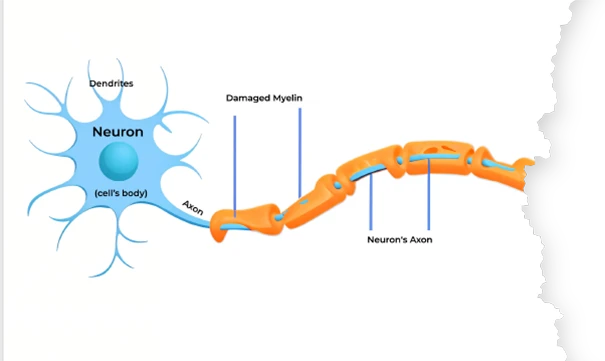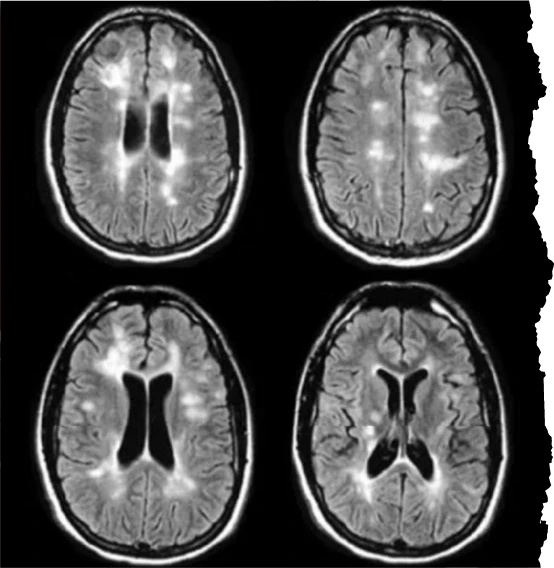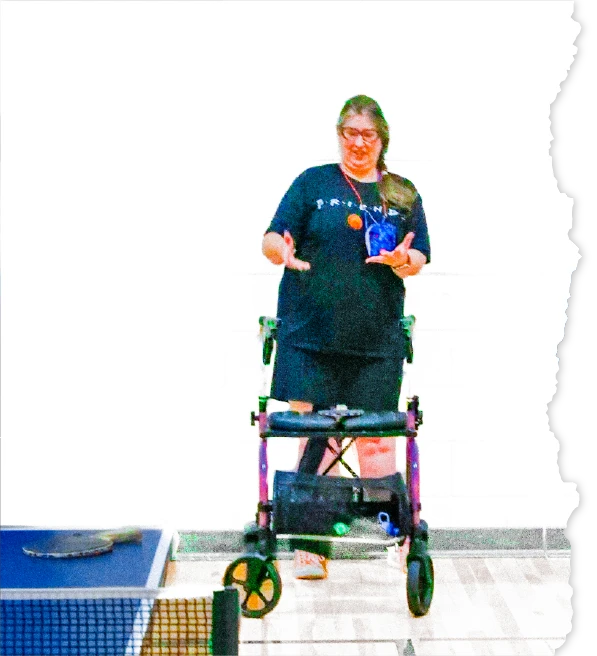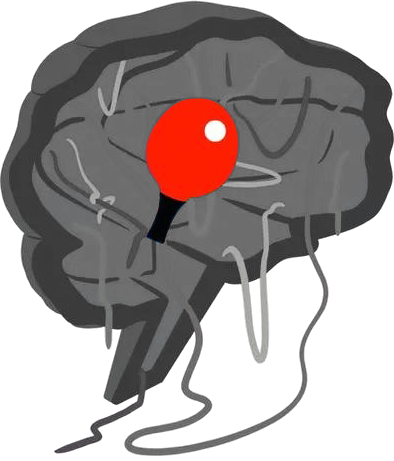THE NEUROPONGTM PROGRAM – MULTIPLE SCLEROSIS
Understanding Multiple Sclerosis and Movement
All types of physical movements made by the human body require a complex network of nerves to transmit precise and timely messages to muscles and bodily organs. Much like the electrical wiring in any house or building, if the wires are crossed or the wire sheath is damaged, the electrical signals will not flow smoothly, and the lights will flicker, or any other electrical appliances will seem to have a mind of their own. It is the same with Multiple Sclerosis (MS). In simple terms, MS symptoms occur when the neuron’s protective myelin sheath is damaged by a person’s immune system, and the electrical messaging pathways are compromised or completely interrupted. This leads to a broad variety of physical symptoms as the communication signals between the brain and various muscles and organs are affected over time.



Mapping the Impact
Epidemiology of Multiple Sclerosis
Multiple Sclerosis is a chronic inflammatory and progressive neurodegenerative condition that primarily affects the Central Nervous System (CNS), including the brain, spinal cord, and optic nerves. It impacts approximately 2.1 million people globally, with half the cases in the U.S. and around 300 new diagnoses daily. Most commonly diagnosed in adults aged 20 to 40, MS affects three women for every man.
The condition occurs when the body’s own immune system mistakenly attacks the myelin – the protective sheath around nerve fibers – disrupting nerve signals. This damage impairs essential functions, like movement, vision, hearing, speech, bladder and bowel functions, as well as thoughts and emotions, all governed by these electrical signals. Over time, scar tissue forms (sclerosis), further affecting nerve communication, giving the condition its name.
The Hidden Challenges
Clinical Presentation of Multiple Sclerosis
Being very unpredictable, the symptoms of MS vary greatly from person to person and can fluctuate over time. Some individuals experience severe symptoms, while others are less affected. MS is often marked by “invisible” symptoms, such as fatigue and mood swings, which can significantly impact mental health, increasing the risk of conditions like depression and anxiety. Other more visible symptoms may include issues with movement, such as muscle spasticity, impaired balance, and weakness.


MS symptoms can be likened to an iceberg—many are hidden, while only a few are visible. These symptoms can disrupt quality of life, potentially leading to social isolation and increased healthcare costs. Mobility issues, including gait disturbances, often stem from muscle stiffness, fatigue, dizziness, or vertigo. Inactivity can exacerbate these problems, causing muscle weakness, reduced bone strength, and poor posture. Emotional and social effects, such as fear of falling or overconfidence, further impact individuals with MS.
Finding Clarity
The Process of Diagnosing Multiple Sclerosis
Diagnosing MS involves ruling out other neurological conditions with similar symptoms. A thorough physical examination is followed by imaging tests such as Magnetic Resonance Imaging (MRI), which may reveal white spots indicating areas in the brain and spinal cord where myelin has been damaged. In some cases, cerebrospinal fluid may be analyzed for signs of infections or abnormal antibodies that are associated with MS.


Understanding the Journey
Types of Multiple Sclerosis
MS typically follows a course marked by alternating periods of symptom flare-ups (attacks) and periods of improvement (remissions). During attacks, inflammation and nerve damage exacerbate existing symptoms or introduce new ones. Remissions provide partial or full relief as inflammation subsides.
MS is categorized into four primary types:
- Clinically Isolated Syndrome: A single episode of symptoms lasting at least 24 hours.
- Relapsing-Remitting MS: The most common form, characterized by alternating flare-ups and periods of symptom-free recovery.
- Secondary Progressive MS: Starts as relapsing-remitting but gradually transitions to a more steadily progressive form.
- Primary Progressive MS: Symptoms worsen progressively without any periods of remission.

Managing Fatigue in Multiple Sclerosis
Fatigue is one of the most common and debilitating symptoms of MS, affecting both physical and mental energy. This fatigue can worsen other symptoms like muscle stiffness, spasms, pain, dizziness, and vision issues, leading to an increased risk of falling. While MS-related fatigue can significantly disrupt daily life, research shows that regular exercise can help manage fatigue by improving strength, coordination, and endurance.
NeuroPongTM Program emphasizes exercises that focus on balance, core strength, and coordination during warm-ups, footwork instructions, and gameplay. These activities help reduce the impact of fatigue while enhancing physical and cognitive functioning.
Navigating Spasticity in Multiple Sclerosis
Spasticity in MS arises when the natural coordination of muscle movements is disrupted. This leads to involuntary muscle contractions, which can cause stiffness, cramps, and difficulty with movement. Spasticity often affects both the upper and lower limbs and can vary in severity, affecting a person’s mobility and overall quality of life. It is a common symptom, experienced by most individuals with MS at some stage of the disease.


Pathways to Relief
Treatment and Exercise for Multiple Sclerosis
Currently, there is no cure for MS, but disease-modifying drugs can help manage symptoms and slow progression. These medications, administered via infusion or orally, are often combined with treatments targeting specific symptoms like muscle spasms or pain. Alongside medication, exercise therapy plays a crucial role in improving brain function, mobility, and even encouraging myelin regrowth.
Exercise is vital for managing MS, with evidence supporting its benefits for both physical and mental health. NeuroPong™ provides a structured, engaging fitness program designed to enhance balance, core strength, coordination, flexibility, endurance, and sensory integration, promoting long-term physical and emotional well-being in a motivating environment.
